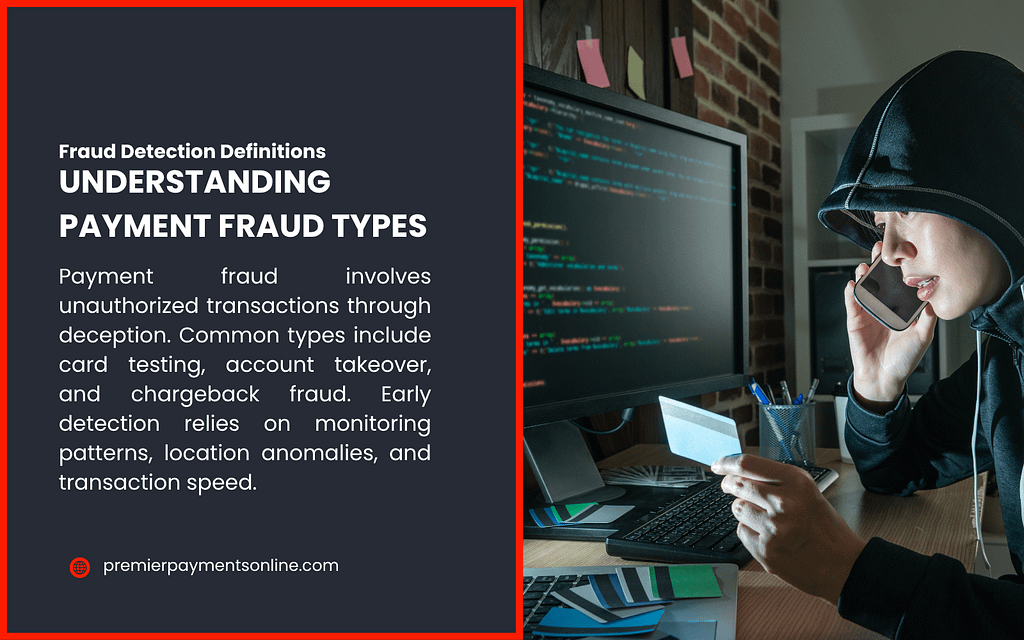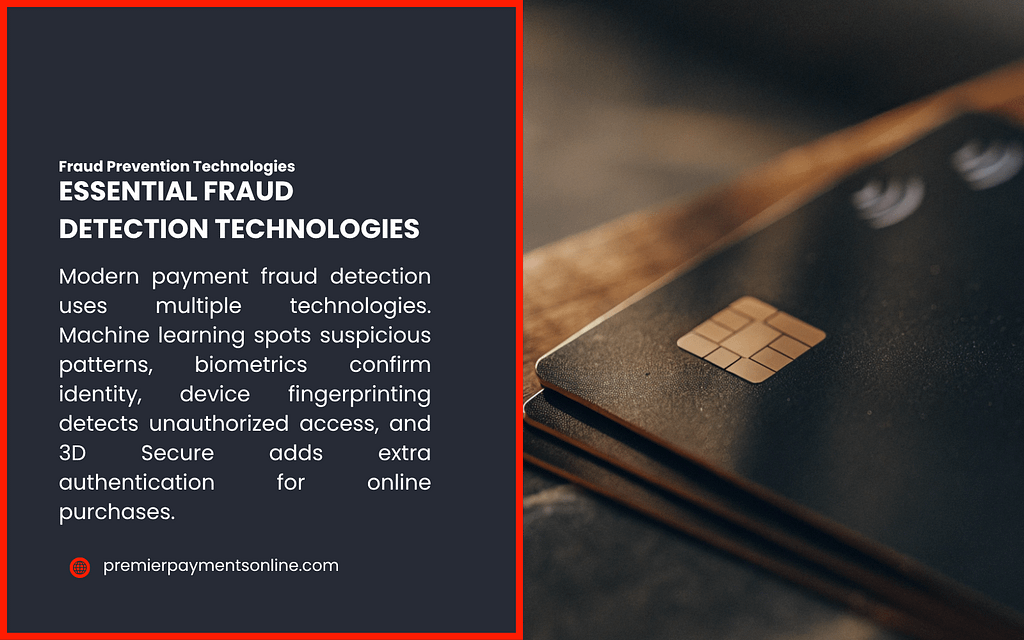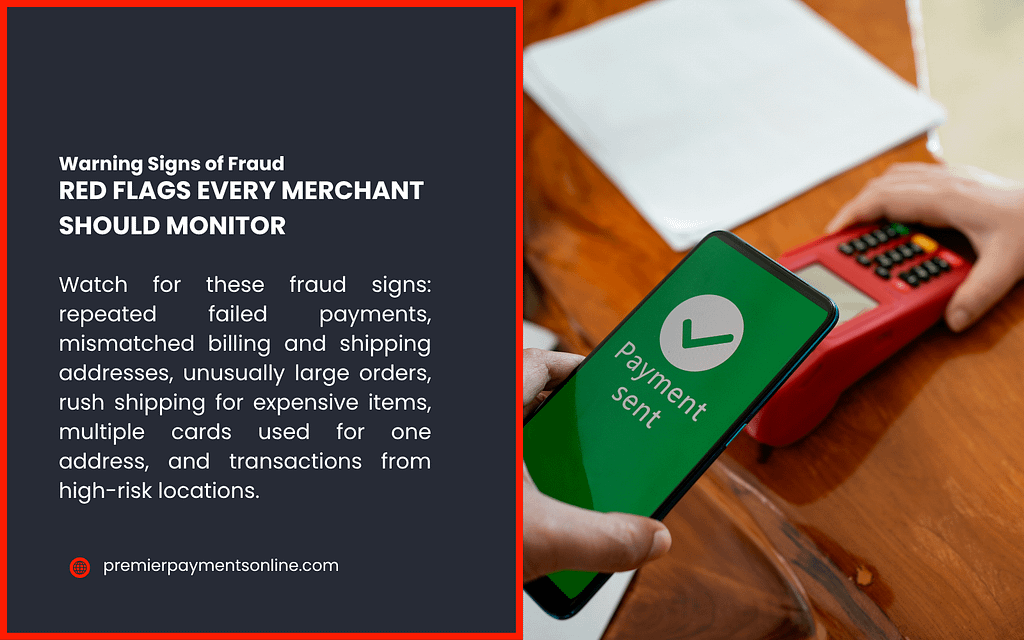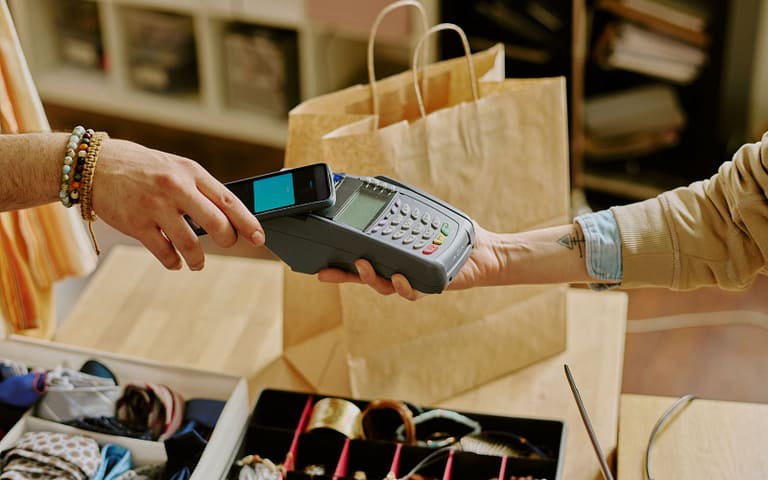Article Summary
Payment fraud detection has become crucial for modern businesses that process electronic transactions. This article explores the current fraud landscape, common fraud schemes targeting merchants, technological solutions that detect suspicious activity, practical implementation strategies, financial implications of fraud protection, and methods to select appropriate fraud detection tools for your specific business needs.
The Modern Payment Fraud Landscape
The digital payment ecosystem faces unprecedented challenges from sophisticated fraud schemes. Financial criminals continually develop new tactics to exploit vulnerabilities in payment systems, causing significant revenue losses for unprepared businesses.
Research from the Association of Certified Fraud Examiners reveals a sobering reality: the typical organization loses 5% of annual revenue to various fraud types. These losses hit small and mid-sized businesses particularly hard, sometimes forcing them to close their doors permanently.

Payment fraud detection encompasses specialized systems that spot suspicious transactions before they result in financial damage. These technologies examine numerous data points across transactions, flag unusual patterns, and apply sophisticated risk assessment to separate legitimate purchases from fraudulent attempts.
Common Payment Fraud Schemes Targeting Merchants
Fraudsters employ numerous tactics to attack business payment systems. Each scheme requires specific detection approaches to mitigate risk effectively.
| Fraud Scheme | Description | Key Risk Indicators |
| Card-Not-Present Fraud | Transaction fraud using stolen card data without physical card | Geographic mismatch between IP and billing address, unusual purchase timing or value, multiple declined attempts |
| Account Compromise | Criminals access legitimate customer accounts | Login attempts from unfamiliar devices/locations, password reset requests, unexpected shipping address changes |
| Chargeback Fraud | Customers dispute legitimate transactions | History of frequent disputes, chargebacks without contacting merchant first |
| Synthetic Identity Fraud | Creation of fake identities using real and fabricated information | Mismatched personal details, unusual credit history patterns |
| Card Testing | Small purchases to verify stolen card validity | Rapid succession of minimal value transactions |
| Triangulation Fraud | Three-party scheme involving storefronts, customers, and fraudsters | Unusual seller patterns, mismatched transaction locations |
The fraud landscape constantly evolves, requiring merchants to implement adaptive detection systems that respond to emerging threats.
Technology Foundations of Modern Fraud Detection
Today’s payment fraud detection relies on sophisticated technologies that process vast transaction datasets to identify suspicious activity. These systems have advanced significantly from basic verification to AI-powered analysis.
AI and Machine Learning Applications
AI and machine learning form the core of advanced fraud detection systems. Unlike rigid rules-based approaches, machine learning models continuously adapt based on new transaction data, improving accuracy over time. These systems analyze hundreds of variables per transaction in milliseconds.
AI excels at detecting subtle fraud patterns by:
| AI Capability | Fraud Detection Application |
| Pattern Recognition | Identifies unusual transaction sequences across customer accounts |
| Anomaly Detection | Flags transactions that deviate from established normal behavior |
| False Positive Reduction | Distinguishes legitimate but unusual transactions from actual fraud |
| Adaptive Learning | Recognizes new fraud techniques without manual programming |
Customer Behavior Analysis
Modern fraud detection examines how customers typically interact with payment systems. By creating behavioral profiles, these systems spot deviations that suggest fraudulent activity.
Key behavioral metrics include:
| Behavior Category | Monitored Elements |
| Transaction Patterns | Average purchase amounts, transaction frequency, category preferences |
| Geographic Indicators | Common purchase locations, travel patterns, unusual location changes |
| Device Fingerprinting | Typical devices used, browser configurations, connection methods |
| Shopping Habits | Product categories, time-of-day patterns, seasonal variations |
| Session Characteristics | Navigation sequence, time spent on pages, interaction methods |
Identity Verification Technologies
Advanced biometric systems add security layers to payment processing. These methods confirm customer identity using physical or behavioral traits:
| Verification Method | Technical Approach | Fraud Prevention Benefits |
| Fingerprint Authentication | Digital fingerprint pattern matching | Hardware-based security for mobile payments |
| Facial Verification | Facial geometry analysis | Remote verification capability |
| Voice Signature Analysis | Voice pattern recognition | Effective for phone-based transactions |
| Behavioral Patterns | Keystroke dynamics, device handling patterns | Continuous authentication throughout sessions |
Payment Fraud Detection Implementation Strategy
Effective fraud protection requires a strategic approach combining multiple security layers. Single-technology solutions cannot adequately protect against the diverse fraud landscape merchants face today.
Authentication Layers
Multi-layered authentication significantly reduces unauthorized access risk by requiring multiple verification methods:
| Authentication Factor | Example Methods | Security Function |
| Knowledge Factors | Passwords, security questions, PINs | Verifies information only the user should know |
| Possession Factors | Mobile devices, hardware tokens, smart cards | Confirms physical possession of verification device |
| Inherence Factors | Fingerprints, facial recognition, voice patterns | Validates unique biological characteristics |
| Location Factors | GPS verification, network location | Confirms expected geographic position |
Systems that combine these factors create significant barriers to fraudulent access.
Transaction Assessment Systems
Real-time transaction monitoring evaluates payments as they occur, applying risk scoring algorithms to determine legitimacy:
| Assessment Parameter | Risk Evaluation Approach |
| Transaction Value Analysis | Compares to customer history and identifies unusual amounts |
| Location Verification | Evaluates transaction origin against expected locations |
| Device Intelligence | Assesses device reputation and history |
| Behavioral Consistency | Measures alignment with established customer patterns |
| Velocity Monitoring | Identifies suspicious transaction frequency |
When these systems flag suspicious activity, transactions may be declined or routed for additional verification.

Device Trust Assessment
Device fingerprinting technology creates unique profiles of customer devices, collecting data about:
| Device Characteristic | Security Relevance |
| Operating Environment | Identifies unusual system configurations |
| Browser Configuration | Detects suspicious plugins or settings |
| Display Properties | Helps confirm consistent device usage |
| Regional Settings | Validates expected regional configurations |
| Connection Attributes | Evaluates network characteristics for risk |
Changes in these parameters trigger additional verification steps, helping prevent account compromise.
Premier Payments Online offers specialized risk and fraud management tools designed for merchants of all sizes. Our fraud detection systems protect your transactions while maintaining smooth customer experiences. Visit our risk and fraud management page to learn more about our comprehensive solutions.
Financial Considerations in Fraud Detection
Fraud protection requires investment, but the financial impact of undetected fraud typically far exceeds prevention costs. Merchants must consider several financial aspects when evaluating fraud detection options:
Quantifiable Fraud Costs:
- Direct financial losses from fraudulent transactions
- Chargeback processing fees and administration costs
- Increased processing rates due to fraud history
- Regulatory penalties for security lapses
Hidden Financial Impacts:
- Brand reputation damage
- Customer confidence erosion
- Staff time allocation to fraud management
- Business disruption costs
A comprehensive fraud strategy should include PCI compliance measures, which provide additional protection against data breaches that often lead to fraud.
Preventative Measures in Payment Fraud Protection
While detection identifies potential fraud, prevention strategies aim to stop fraud before it happens. These complementary approaches create a secure payment environment.
Data Security Technologies
Modern encryption and tokenization protect sensitive payment data during transit and storage. These technologies convert payment information into secure code formats that render the data useless if intercepted.
The tokenization process replaces sensitive data with secure tokens, significantly reducing data theft risk. This approach provides particular value for businesses that must retain payment information for recurring billing.
Security Assessment Programs
Regular security evaluations identify system vulnerabilities before criminals can exploit them. Comprehensive assessment programs include:
| Assessment Type | Security Function |
| Penetration Testing | Simulates attack scenarios to identify weaknesses |
| Vulnerability Scanning | Automatically identifies known security flaws |
| Security Policy Review | Evaluates administrative controls and procedures |
| Employee Security Assessment | Measures staff security awareness and practices |
Merchants should also conduct regular PCI compliance testing to verify their payment systems meet industry security standards.
Employee Security Training
Front-line staff often serve as the first defense against payment fraud. Effective training programs cover:
| Training Component | Security Value |
| Fraud Indicator Recognition | Helps staff identify suspicious transaction patterns |
| Data Handling Protocols | Ensures proper management of sensitive information |
| Incident Response Procedures | Provides clear guidelines for suspected fraud cases |
| Communication Security | Prevents social engineering and information leakage |
Staff should also understand PCI DSS non-compliance consequences, which may include significant financial penalties and merchant account issues.
Online Payment Fraud Detection: E-Commerce Considerations
E-commerce merchants face unique fraud challenges due to the card-not-present nature of online transactions. Online payment fraud detection requires specialized tools and approaches.

Address Verification Protocols
Address verification systems compare customer-provided billing addresses with information on file at the card issuer. Discrepancies flag potential fraud and may trigger additional verification requirements.
| AVS Response | Risk Implication |
| Full Match | Lower risk – address and ZIP match issuer records |
| Partial Match | Moderate risk – either address or ZIP matches |
| No Match | Higher risk – neither address nor ZIP matches |
| System Unavailable | Indeterminate risk – verification not possible |
Card Security Code Verification
Requiring the card security code (CVV/CVC) verifies that the person making the purchase likely possesses the physical card. This simple verification step significantly reduces unauthorized transaction risk.
3D Secure Protocols
3D Secure adds an authentication layer for online purchases. This technology redirects customers to their bank’s verification page, requiring additional authentication, such as one-time passwords sent to registered mobile devices.
Merchants can enhance these security measures by implementing intelligent payment routing, which directs transactions through the most secure and cost-effective processing channels based on risk assessment.
Payment Fraud Analytics: Data-Driven Protection
Payment fraud analytics converts transaction data into actionable security insights. These analytical processes help merchants:
| Analytics Function | Business Value |
| Fraud Pattern Identification | Spots new attack methods before widespread adoption |
| Risk Model Refinement | Improves scoring accuracy based on outcome data |
| False Positive Reduction | Minimizes legitimate transaction declines |
| Verification Optimization | Tailors security measures to actual risk levels |
Advanced analytics helps merchants understand their fraud prevention effectiveness and identifies improvement opportunities.
Selecting Appropriate Payment Fraud Detection Solutions
When evaluating fraud detection systems, merchants should consider:
Risk Tolerance Assessment
Different business models face varying fraud risk levels. High-volume, low-margin operations may need aggressive fraud detection, while businesses with higher margins might accept some fraud risk to reduce purchase friction.
| Business Type | Typical Risk Approach |
| Digital Goods | Higher security due to immediate delivery and resale risk |
| Physical Products | Balanced approach considering shipping address verification |
| Subscription Services | Focus on account takeover prevention |
| High-Value Transactions | Multi-layered verification despite customer friction |
System Integration Requirements
Fraud detection solutions must integrate with existing business systems:
| Integration Point | Operational Importance |
| Payment Gateway | Enables real-time transaction screening |
| E-commerce Platform | Provides contextual transaction data |
| Point-of-Sale Systems | Supports in-person fraud prevention |
| Customer Management Systems | Leverages customer history data |
For businesses using electronic invoicing, integration with invoice processing systems provides comprehensive protection across all payment channels.
Customization Capabilities
Effective fraud detection systems allow merchants to customize rules and risk thresholds based on their specific business needs and customer base.
Reporting and Analysis Tools
Comprehensive reporting helps merchants understand their fraud landscape and measure detection effectiveness.

Payment Fraud Detection: Future Developments
As payment technologies evolve, fraud tactics adapt accordingly. Staying ahead requires awareness of emerging security technologies:
Advanced AI Implementation
Next-generation AI provides faster, more accurate fraud detection with reduced false positives. Deep learning models identify complex patterns that traditional systems miss.
Cross-Merchant Data Collaboration
Industry data sharing initiatives allow merchants to benefit from collective fraud intelligence, identifying threats based on patterns observed across multiple businesses.
Distributed Ledger Applications
Blockchain technology offers promising fraud prevention applications through transaction transparency and immutability.
Conclusion
Payment fraud detection represents an essential investment for merchants operating in the digital economy. Comprehensive fraud detection systems protect revenue, maintain customer trust, and support business sustainability.
The most effective approaches combine advanced technologies with sound operational practices and regular system updates. As fraud tactics continue to evolve, merchants must remain vigilant, continuously refining their detection capabilities.
Key Takeaways
Payment fraud detection combines technological tools, operational processes, and human expertise to identify unauthorized transactions. Multi-layered security provides the most effective protection against diverse fraud types. The cost of implementing fraud detection typically represents a fraction of potential fraud losses. Staff training forms an essential component of comprehensive fraud prevention. Regular system updates address evolving fraud tactics.
Ready to enhance your payment fraud protection? Contact Premier Payments Online today to learn how our advanced payment fraud detection solutions can safeguard your business while maintaining seamless customer experiences. Our expert team will work with you to develop a customized approach tailored to your specific business requirements and risk profile.











